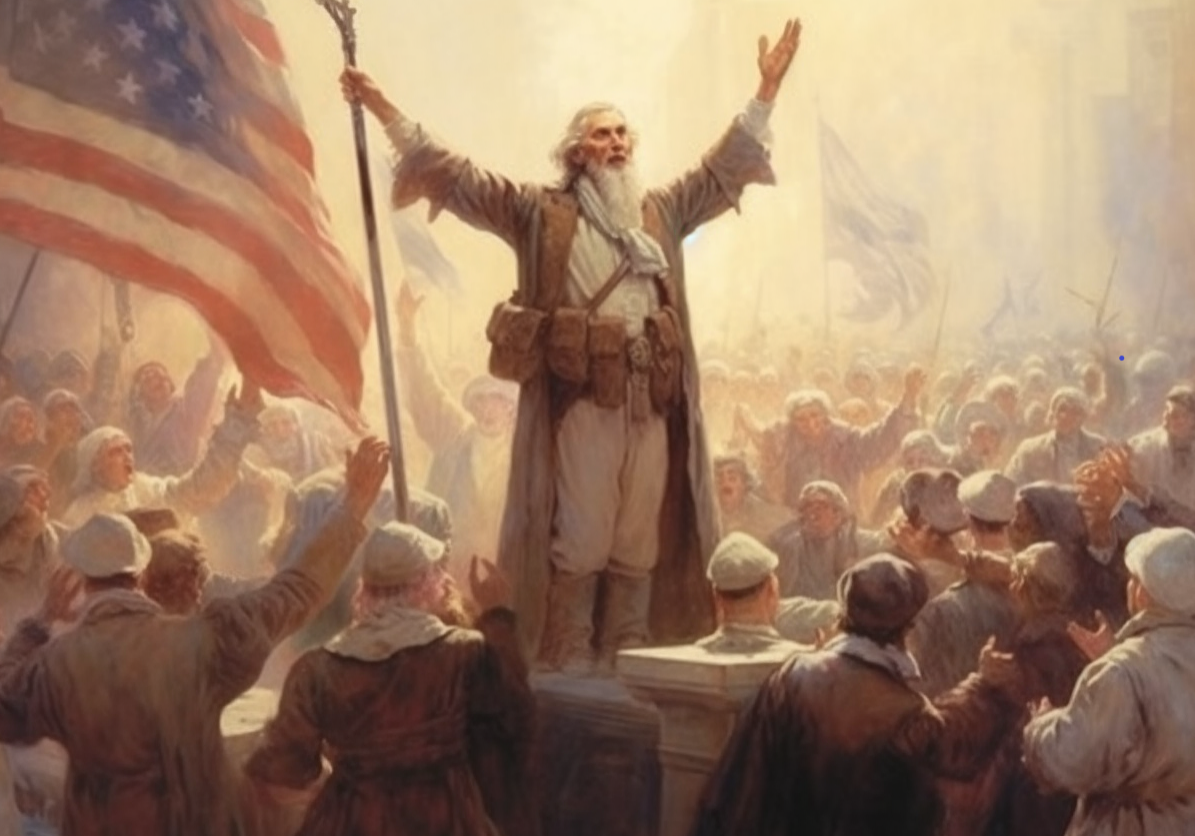There are unwritten rules for almost all social phenomena, from investing to writing epic poetry. Not that these weekly notes aspire to Homeric levels (although they do get pretty lengthy), but Epsilon Theory does follow one unwritten rule taken from the Iliad, the Aeneid, etc. in that I began this story in media res– in the middle of things. Last week’s note looked at two very current issues – the jobs report on Friday June 7th and the Fed’s market communication policy – through the lens of game theory to develop what I think are some non-intuitive results … namely that the market’s Narrative around US labor conditions is fundamentally at odds with the Fed’s communications, creating a major source of instability for global markets. And if you look at the archived notes I’ve posted, they are almost all focused on some specific event or issue.
But at some point it’s important to step back and show in a more general way how game theory works to shape markets. This may strike some readers as too academic, but c’est la vie. We will return to our regularly scheduled entertainment next week. This week I want to lift the hood a bit on Epsilon Theory and show you how the engine works, or at least that there is an engine, so that you will trust me enough to get in the car and let me drive you to this or that destination. Epsilon Theory is not a collection of musings, and it’s not a blog. There’s significant intellectual property here, and you deserve to be convinced of that before you invest more of your time reading what I’ve got to say.










This note needs to be republished it’s so important.